Millennials and technology seem like a natural pairing, but does this tech-savvy generation really dig the smart products being marketed to them? We found 15 smart home products these homebuyers actually want.
Millennials, defined by the Pew Research Center as those born between 1981 and 1996, grew up in the age of the Internet. As the oldest of this generation age well into their 30s, these native technology users are buying more homes, making smart home technology a seemingly obvious focus. But do Millennials actually want smart home technology?
“Millennials generally would like smart features in their home, especially if they are coming from newer rental communities and used to a certain lifestyle,” says Ali Wolf, director of economic research at real estate consulting firm Meyers Research. “Equally, though, we need to differentiate between ‘want’ and being a ‘non-negotiable.’ Many first-time buyers are price conscious and aware of how easy current technology is to retrofit in their home. Millennials will still buy a home that isn’t decked out if it meets their other criteria.”
WATCH: 3 SMART HOME PRODUCTS IN 2 MINUTES
But when it comes to the smart home wish list, not all features are created equal. Millennials can be picky, since they typically have a higher comfort level with the range of available options, says Joe Barrett, president of Naperville, Ill.-based home technology company Barrett’s Technology Solutions. This means they often have more opinions.
“The older client really wants us to hold their hand and guide them through the process to help them establish their priorities,” Barrett says. “It seems like the Millennial comes in with a pretty fair idea of what they want to do. They are a lot more focused on their own list, rather than having us try to develop their priorities.”
So what makes the cut on Millennials’ list of smart product wants and needs?
“Success in the smart home industry really does come down to ‘What's the final value proposition for the consumer?’" says Dave Adamchick, the account manager for home appliances at data-tracking company NPD Group. “If it doesn't make something easier, or faster, or less expensive, and there's not a clear value proposition for the end consumer, it's likely not going to work very well.”
Brad Hintze, senior director of product marketing at Control4, agrees. “[Millennials] do want a lot of that convenience that technology can provide for them,” he says. “For instance, the one button that turns off all the lights,” or the ability to have the home light up as they unlock the door. Hintze also mentioned home audio systems that can be controlled along with lighting from a single hub.
“Those are the types of experiences that they are already expecting from technology,” Hintze says.
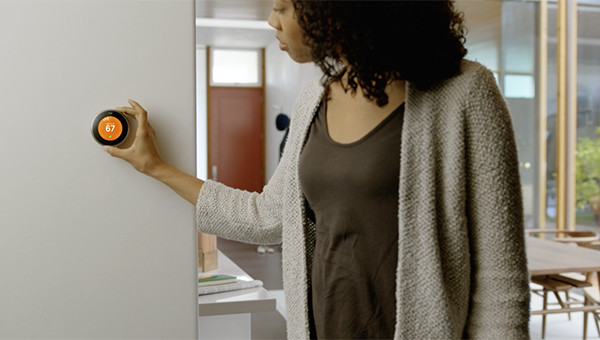
The Nest smart thermostat learns from user behavior. See more about Nest below.
Adamchick, a Millennial homeowner himself, agrees that his peers have different technology expectations than their predecessors. “I have the Nest thermostat system in my home, and instead of having to program a thermostat that my parents would have had to use… having the smart home system learning based on your patterns of behavior, without much input from the end user, is definitely a benefit.
He goes on: “That's the way younger people are viewing technology nowadays. It should help work with them and make life easier, rather than being a hindrance.”
Smart technology also plays into Millennial’s desire to be more eco-conscious and aware of their living environments. Hinsdale, Ill.-based Brightleaf Homes recently began including a basic smart home package standard in its new builds. Rick Thompson, director of sales & acquisitions and a managing partner at Brightleaf, says the technology plays into Brightleaf’s mission to create better living environments.
“What the smart home technology does is enhance the living environment even further,” he says. “You can simplify things, you can make a home more energy efficient as you're cognizant of the lights that are on in your house. You can set up automations around your thermostat. All these different things are meant to create a better environment for the people who live in the house.”
Millennials, who grew up in the age of smartphones and mobile networks, also expect to be able to monitor their home security remotely, the same as they do their email inboxes. As more and more Millennials begin to have children or keep pets who need to be monitored, smart home security products are a growing priority.
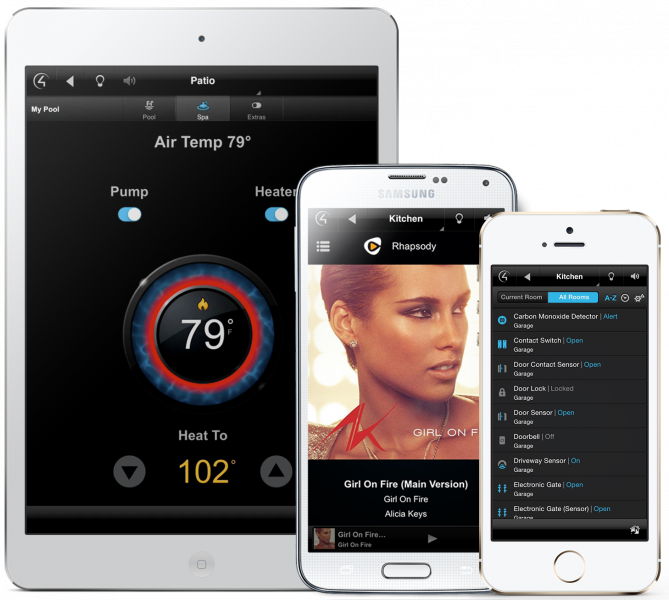
Anything connected to the Control4 system can be controlled via a single smart phone app. See more about Control4 below.
“They want the ability to control [technology] from their phone,” Hintze says. “Now, that doesn't mean that that's the way they'll always control their technology, but it’s knowing that they can check in on their home or look at the camera to see how their pet's doing. Those are some capabilities that older generations didn't even conceive of, and Millennials just expect that kind of convenience now.”
But the other side of the security coin is the privacy of the devices themselves. “I think [the Millennial] audience is far more astute at understanding the implications of privacy and security,” Hintze says. “That's always top of mind for them to ensure that their home and their information is secure and it's not being misused.”
To combat security concerns, Brian Perreault, chief operating officer at Barrett’s Technology Solutions, says that choosing high-quality manufacturers is key. “It's aligning ourselves with the right vendor partners, specifically on the network side,” he says. “We work with enterprise-class gear, and they place a very high priority on security.”
“You don't want people to be able to hack into your system,” Thompson agrees. His company uses a Wink hub to integrate its smart home products. This adds a layer of security and also makes disparate smart home products accessible on one smartphone app.
READ: 27 INNOVATIVE BUILDING PRODUCTS THAT ARE DISRUPTING THE INDUSTRY
The Wink hub hits on another key smart home want—integration. As more and more manufacturers flood the market with smart products, it’s important that builders and designers choose products that play nicely together, or risk user confusion or frustration, Adamchick says.
“Sometimes these lighting systems are only compatible with one type of hub, or once you've locked into a switch you have to have the light bulbs that go along with it,” Adamchick says. He stresses that it’s important to be aware of brands that “have the biggest market adoption, and make sure you're not installing somebody that may be going obsolete or isn't an open standard.”
Given the increasing number of Millennials entering the homebuying market and their growing expectations of technology, builders and other residential professionals would be wise to begin dipping their toes into the world of smart home products. Even when designing on a budget, there are ways to incorporate the infrastructure that will be needed when retrofitting smart technology in the future, such as implementing a robust Wi-Fi network.
Keeping all these priorities in mind, here are 15 smart home products and systems that will actually serve your Millennial clients’ needs and wants.
1. Control4
Smart switches from Control4 can be used to control lighting, audio, shades, and more. They can also be programmed to create different coordinated scenes. The company’s controller can be used to connect smart products from a number of different brands, as well as the company’s own suite of smart home products. Control4 systems can also be controlled through a dedicated smartphone app.
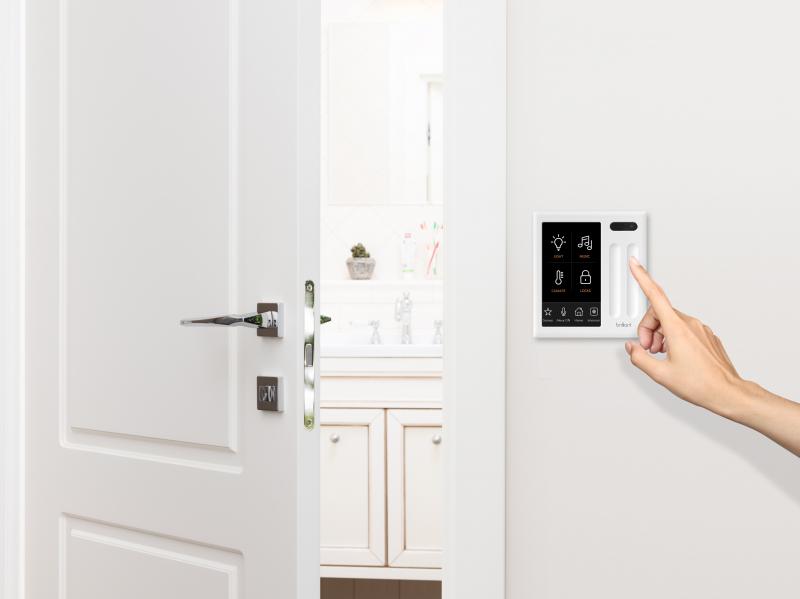
2. Brilliant
Brilliant’s smart 2 Switch Control replaces a double light switch panel to control lights, climate, music, and more in one place. The screen also allows for room-to-room video chat. It requires no additional hubs, wiring, batteries, or programming during installation. The smart switch integrates with products from Sonos, Nest, Ring, Hue, Ecobee, and more, and can also be controlled via Amazon Alexa.
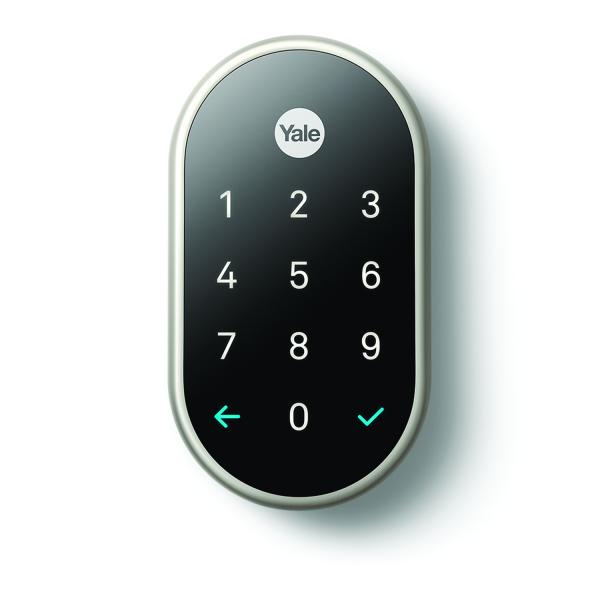
3. Yale
The smart Assure Lock is compatible with every major smart home platform, including Alexa and Siri. Available in keyed and keyfree versions, the line allows homeowners to choose a PIN control or fully integrate with a smart home system, such as Z-Wave, Zigbee, HomeKit, or Nest.
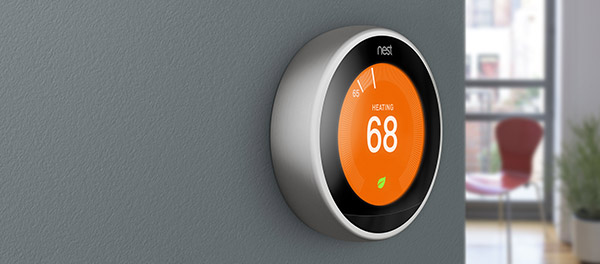
4. Nest
The Nest Learning Thermostat adjusts to user habits to save money and energy. Users can control it through their smartphone, as well as view energy usage. It can be paired with Nest Temperature Sensors to get accurate temperature reads from anywhere in the home. The thermostat is available in a seven outer finishes and has a high-res color display.
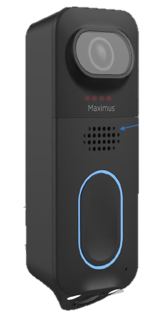
5. Maximus
The Maximus Answer DualCam Video Doorbell features two cameras, eliminating blind spots and providing a 155-degree field of view. A speaker can play messages and allows for two-way communication when partnered with the Kuna smartphone app. The company says the doorbell uses less power than other video doorbells and can be controlled via Google Assistant and Amazon Alexa. Maximus offers a two-hour download and “look back” window without a subscription fee.
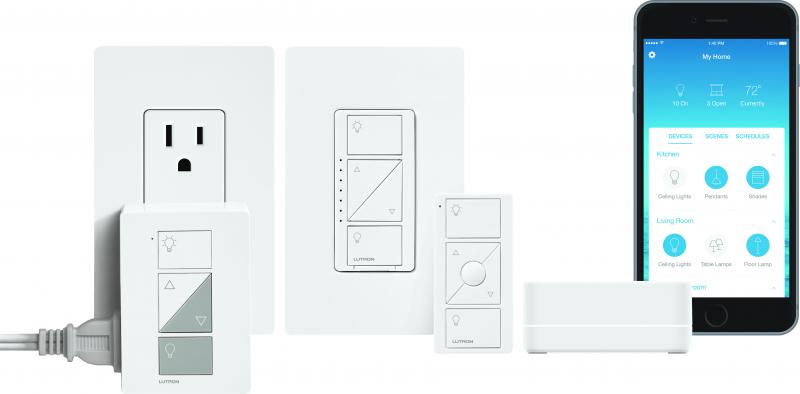
6. Lutron
Caseta by Lutron is a smart control system that includes light switches, dimmers, fan controls, and outlet controls. Products can be integrated through the company’s Smart Bridge controlled via a smartphone app or voice control with Amazon Alexa, Apple HomeKit, Google Assistant, and more.
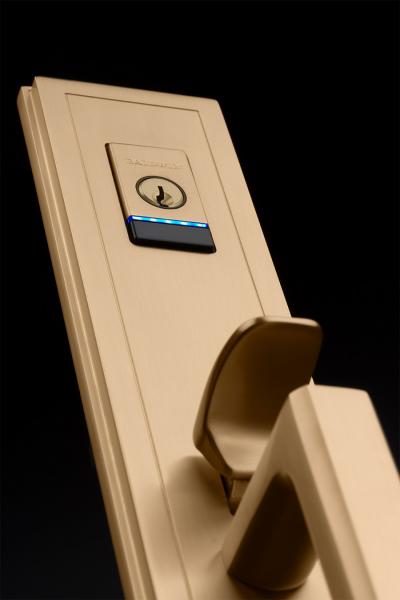
7. Baldwin
Baldwin’s Evolved collection features touch-to-open technology with a sophisticated design. The hardware allows you to lock and unlock your door when your phone is within bluetooth range and share “eKeys” to allow others to access your home. An app allows you to remotely track door use. The Evolved Hollywood Hills Full Escutcheon Handleset from the Hollywood Hills by Erinn V. collection is shown.
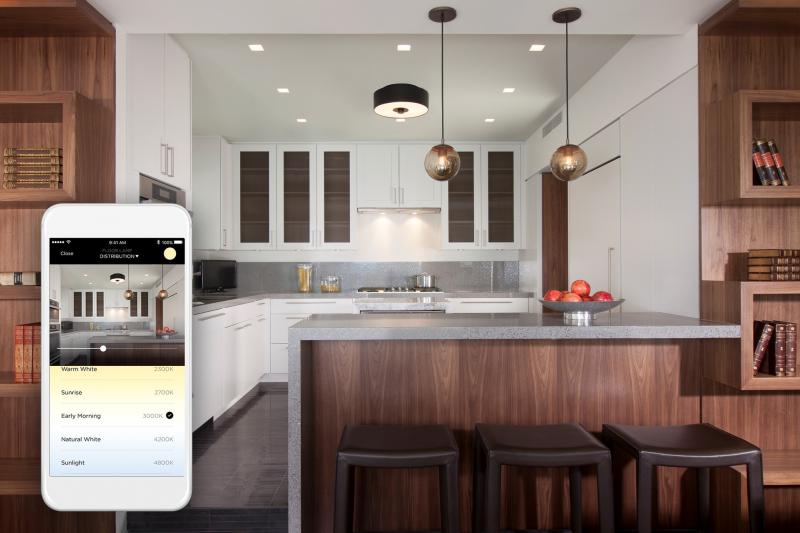
8. Savant
Savant offers a wide variety of home technology and integration options. For its smart lighting, the company has partnered with USAI Lighting to offer LED fixtures with tunable white and WRGB lighting. The lights are controlled through Savant’s TrueImage interface, which can be accessed on smart devices, through voice control, or with Savant screens and remotes. Savant’s intelligent automation allows the lighting to match daylight, preventing circadian rhythm disruption.
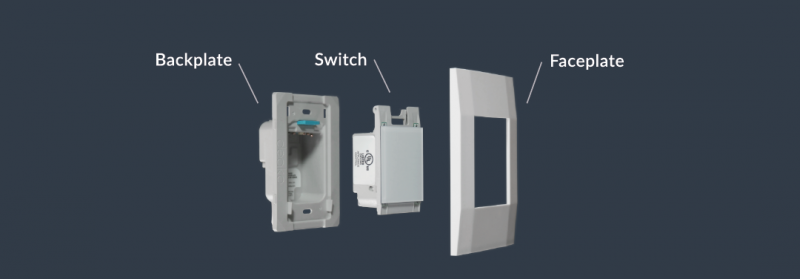
9. Deako
Deako’s modular switch system allows builders to prep a home for smart capabilities without the costs associated with smart products. The company’s simple switches work just like a regular light switch, but can be popped out at any time to accommodate a smart switch or smart dimmer. Smart switches can hold up to three programmed scenes. They connect through a Deako hub, which allows them to be controlled via smartphone, Amazon Alexa, and Google Assistant.
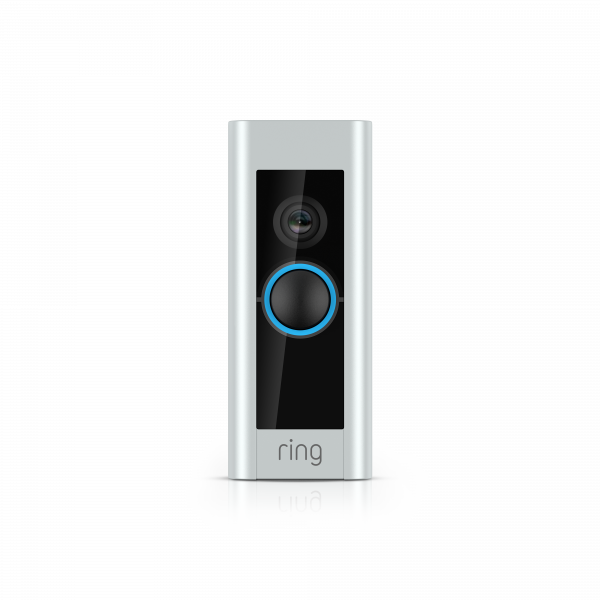
10. Ring
Ring features a number of smart home security products, including a series of video doorbells. The Ring Doorbell Pro, shown, is a hard-wired smart doorbell with motion sensors, 1080 HD Video, Night Vision, and live viewing possible from a smartphone. It has a 160 degree viewing field. Ring also offers subscription plans for saving footage for later use. The doorbell is available in Satin Nickel, Pearl, Venetian, or black.
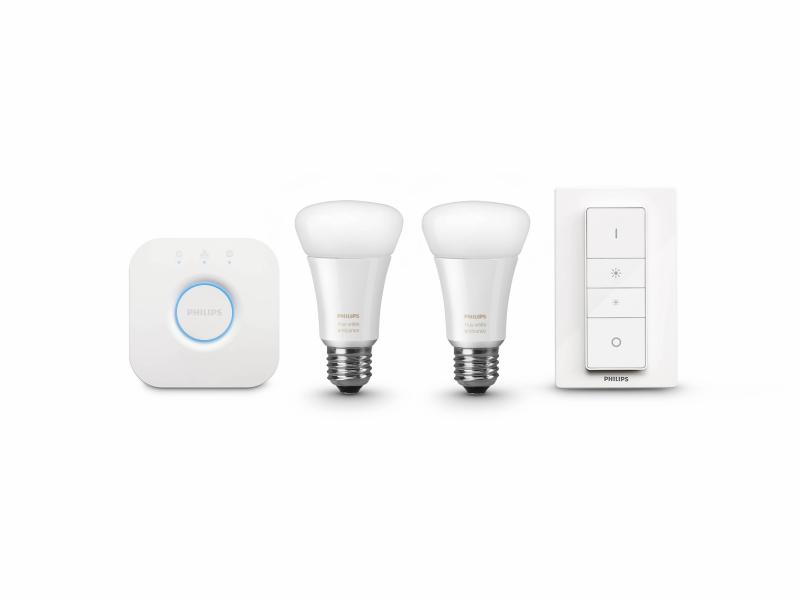
11. Signify (formerly Philips Lighting)
The Philips Hue smart lightbulb system includes a wide variety of lighting products, from bulbs and strips to lamps and outdoor fixtures. All products are connected through a hub, which allows homeowners to control their lighting through a smartphone, voice assistant, or accessories like motion sensors and wireless switches. Lighting can be set on a schedule or controlled remotely. Lightbulbs can be tuned to different whites and colors.
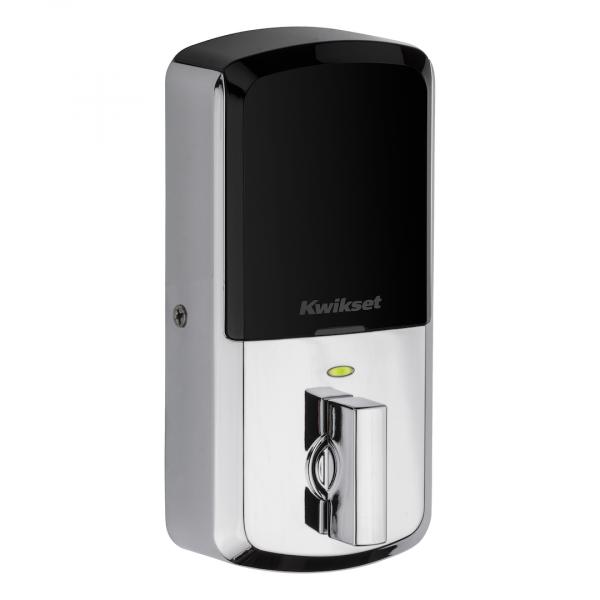
12. Kwikset
Halo is the company’s new Wi-Fi-enabled smart locks, which allow homeowners to monitor their locks from their smartphone directly, without a necessary hub. Homeowners can generate up to 250 unique user codes, manage guest user access, remotely monitor lock status, and remotely lock or unlock, all from their smartphones. Halo comes in two styles—a touchscreen and a keypad version—and includes SmartKey Security, which protects against common and forced entry break-in methods.
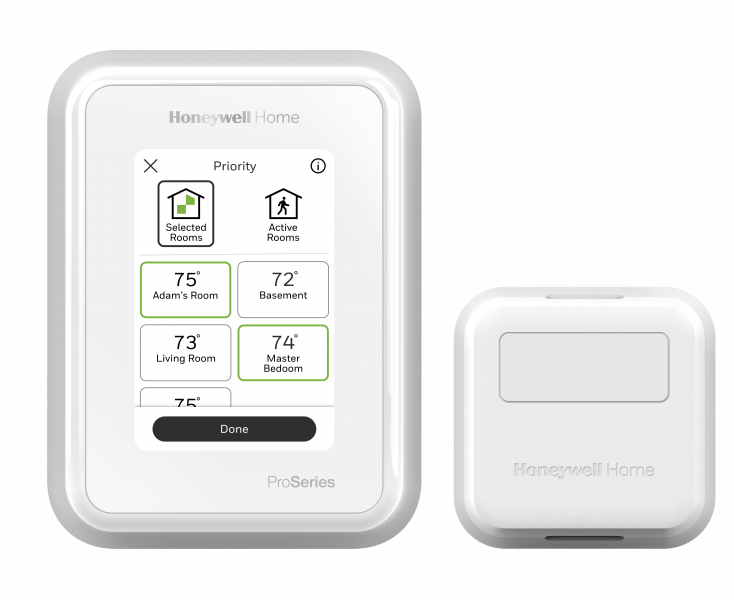
13. Honeywell
Honeywell released its new T9 and T10 Pro (shown) smart thermostats early this year. The thermostats feature wireless smart room sensors with a 200-foot range to help maintain desired temperatures. Homeowners can set preferred temperatures by room, switch room priorities or schedules, and receive alerts about cold spots. The smart thermostat can also detect which rooms are occupied. In addition, the T10 offers humidity and ventilation controls.
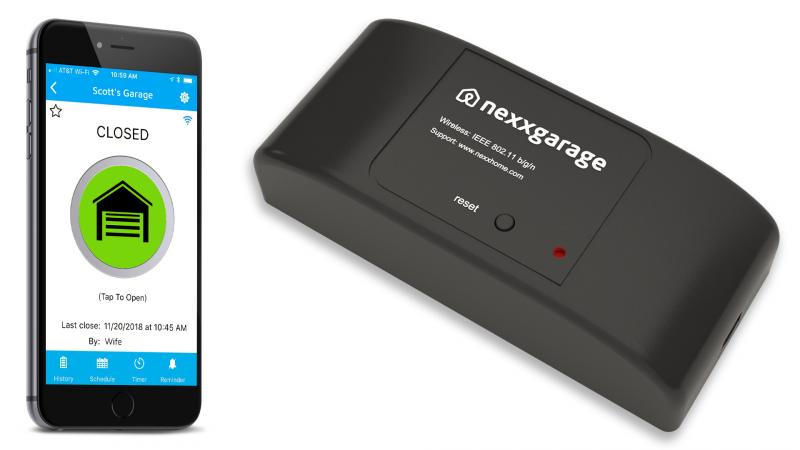
14. Nexx
The Nexx Smart Garage Door Remote works with existing garage door openers to allow you to monitor, open, and close your garage door from your smartphone. It can also use detect a phone and open as a homeowner is approaching. It is compatible with Amazon Alexa and Google Assistant.
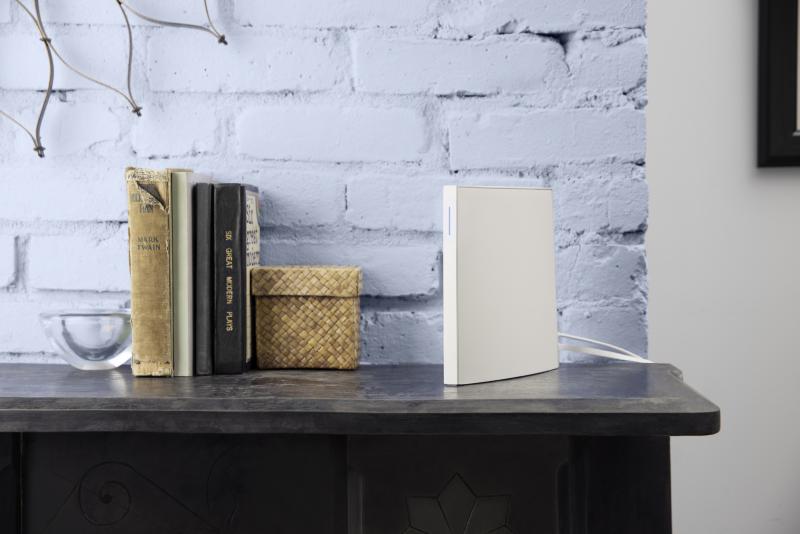
15. Wink
Wink is a smart home hub that allows disparate smart devices to be controlled together with one smartphone app. The company prevents breaches with security measures like certificate pinning, encryption, two-factor authentication, and regular security audits.

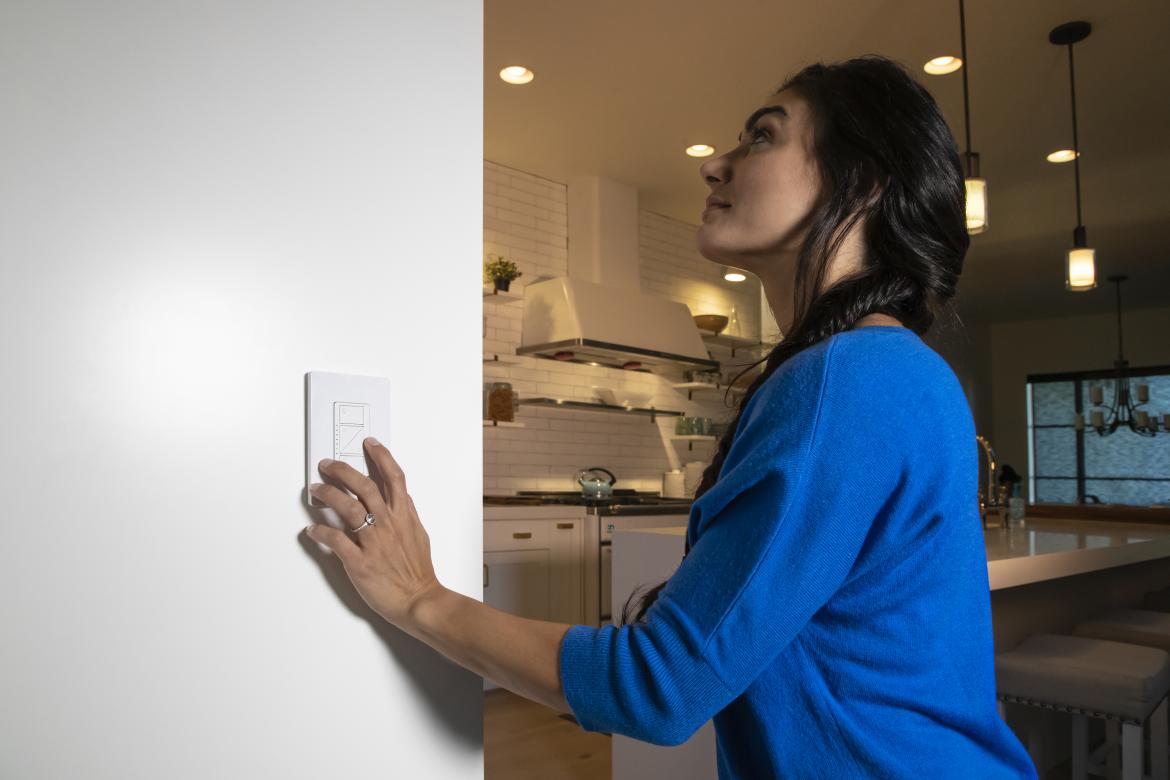
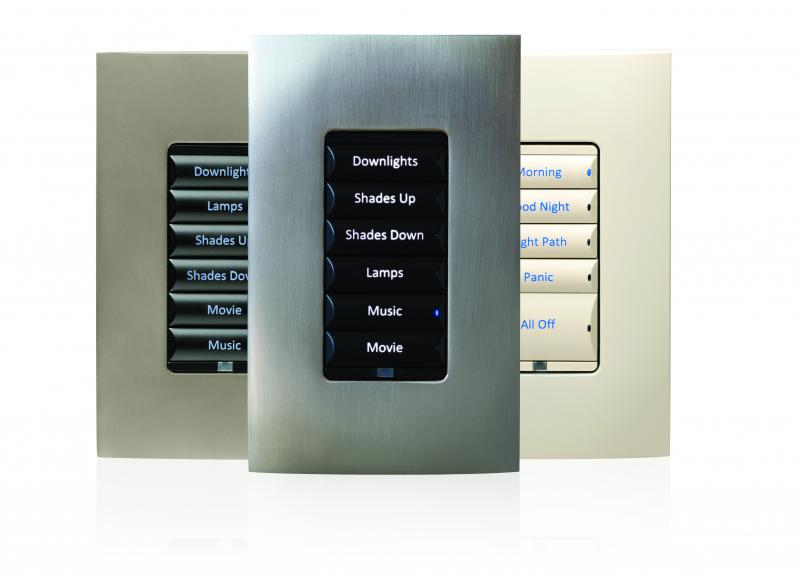
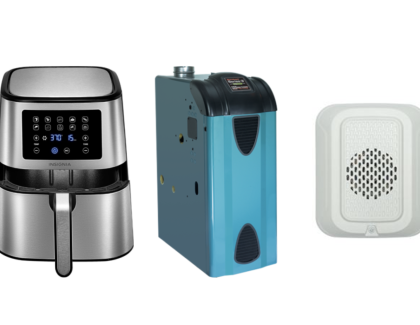


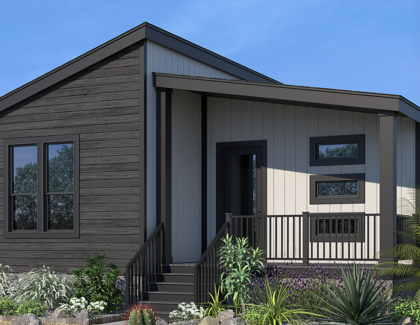
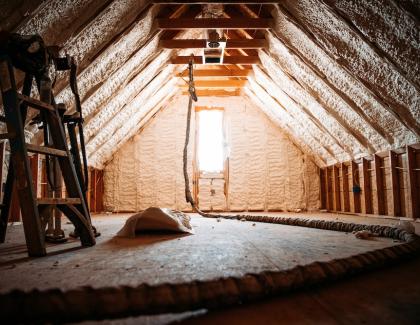
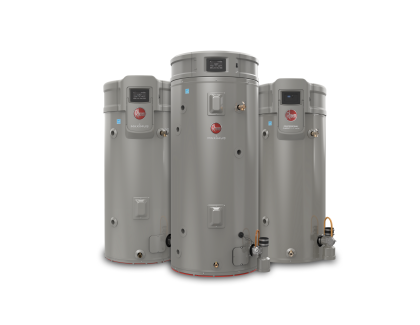
Comments
NT240 - Connected Home Module
NT240 - Connected Home Module
Add new comment